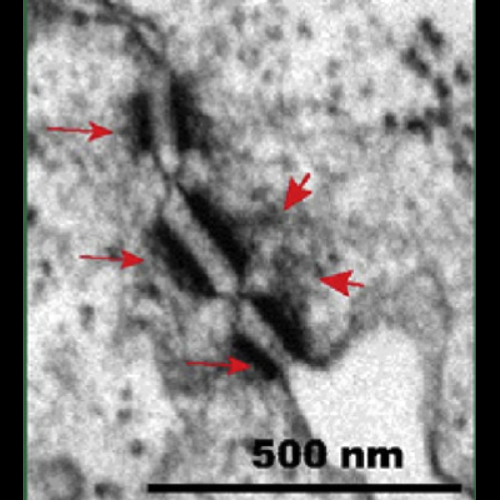Modular GAG-matrices to promote mammary epithelial morphogenesis in vitro.
Matrix systems used to study complex three-dimensional (3D) cellular processes like mammary epithelial tissue morphogenesis and tumorigenesis ex vivo often require ill-defined biological components, which lead to poor reproducibility and a lack of control over physical parameters. In this study, a well-defined, tunable synthetic biohybrid hydrogel composed of the glycosaminoglycan heparin, star-shaped poly(ethylene glycol) (starPEG), and matrix metalloproteinase- (MMP-) cleavable crosslinkers was applied to dissect the biophysical and biochemical signals promoting human mammary epithelial cell (MEC) morphogenesis. We show that compliant starPEG-heparin matrices promote the development of polarized MEC acini. Both the presence of heparin and MMP-cleavable crosslinks are essential in facilitating MEC morphogenesis without supplementation of exogenous adhesion ligands. In this system, MECs secrete and organize laminin in basement membrane-like assemblies to promote integrin signaling and drive acinar development. Therefore, starPEG-heparin hydrogels provide a versatile platform to study mammary epithelial tissue morphogenesis in a chemically defined and precisely tunable 3D in vitro microenvironment. The system allows investigation of biophysical and biochemical aspects of mammary gland biology and potentially a variety of other organoid culture studies.

- Biomaterials. 2017 Jan;112:20-30
- 2017
- Biomaterials
- 27741500
- PubMed
Enabled by:
